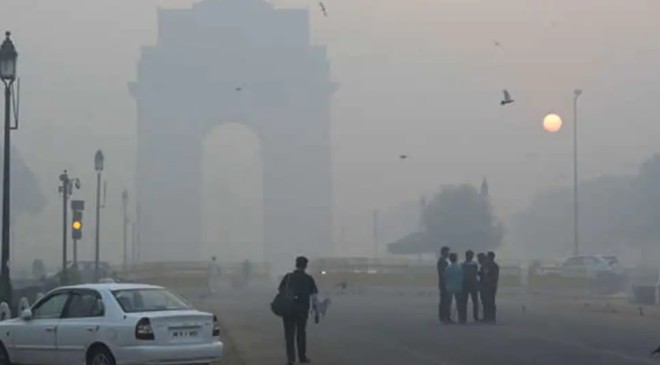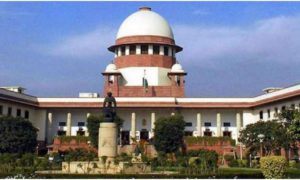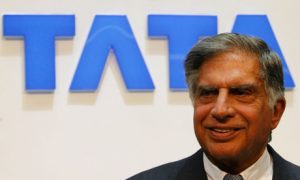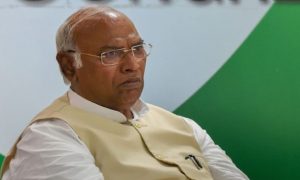Delhi environment minister Gopal Rai on Friday announced mandatory work-for-home for 50% Delhi government employees, amid worsening air quality in the national capital. He further said that the revenue departments will hold meeting with markets to see how the timing of the markets can be staggered.
The factories and construction sites have also been shut, while diesel-run vehicles have been restricted and water sprinklers and anti-smog guns have been deployed to control haze and smog enveloping the skyline of the capital region.
The Delhi government closed primary schools and restricted outdoor activity for older students as the air quality index exceeded 470, considered “severe” and more than 10 times the global safety threshold, according to the state-run Central Pollution Control Board.
Speaking at a press conference, chief minister Arvind Kejriwal noted that deteriorating air quality and pollution levels were a problem of the entire north India and the Centre should take steps to address it. “This is not the time for blame game and politics, but time to find a solution to the problem. Blaming Kejriwal or the Punjab government won’t help,” he asserted.
In Noida, schools have been shifted to online classes up to the eighth grade to meet the public health crisis.
The haze enveloped monuments and high-rise buildings in and around New Delhi. Union environment minister Bhupender Yadav blamed Punjab, ruled by the opposition Aam Admi Party, for its failure to stop the burning of crop residues, a key contributor to the pollution, at the start of the winter wheat-sowing season. “There is no doubt over who has turned Delhi into a gas chamber,” Yadav tweeted on Wednesday.
Punjab chief minister Bhagwant Mann defended himself by saying that his government took office only six months ago and that the central and state governments needed to tackle the pollution crisis together.
Sarvjeet Singh, a 48-year-old autorickshaw driver, was quoted by Reuters as saying that the smog was hurting his eyes and he was finding it difficult to breathe. “There are problems, especially in the morning. It’s difficult to drive my vehicle because of the pollution. My autorickshaw is open. It will affect us more than people in cars. We have to work, what can we do?”
Rahul Azmera, 29, a software engineer who works in the United States and is visiting New Delhi with his parents, said, “I feel like if I stay here for one month, I would be hospitalized, definitely. That would scare me a lot.”
“I feel a lot of heavy breathing here because of the pollution. I could barely see up to 100 meters (328 feet) or 200 meters (656 feet),” he said.
The government advised children, the elderly and those with respiratory, cardiovascular and other health problems to avoid outdoor activities and stay indoors as much as possible.
New Delhi tops the list almost every year among the many Indian cities gasping for breath after the Diwali festival celebrations with their massive lighting of firecrackers. The crisis is exacerbated particularly in the winter when the burning of crop residues in neighboring states coincides with cooler temperatures that trap deadly smoke. That smoke travels to New Delhi, leading to a surge in pollution in the city of more than 20 million people.
The government ban on construction and demolition activities includes projects such as highways, roads, flyovers, overhead bridges, power transmission and pipelines. The government also asked authorities in the capital region covering New Delhi and parts of Haryana and Uttar Pradesh states to decide whether to allow public, municipal and private offices to work at 50% strength and ask others to work from home.



































